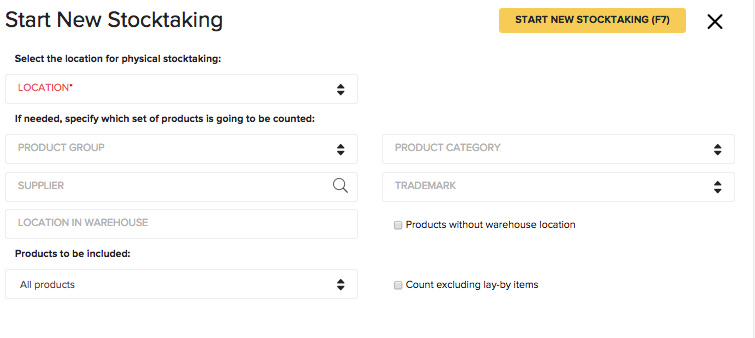A source of particular frustration, though, is the phenomenon known as "retail shrink" or “shrinkage”. Simply put, it’s loss of inventory by various means, sometimes by accident, and sometimes deliberate. According to a survey by the National Retail Federation, inventory shrink cost US businesses more than $45 Billion in 2015. Losses grew significantly last year, reaching $49 Billion.

Source:
National Retail Federation
Shoplifting and External Causes
The aforementioned piece of research marks external causes as the main source of retail shrinkage. Shoplifting has always been an issue, but the problem has become noticeably worse over the last few decades. People who make it out of the store with unpaid goods account for more than a third of all losses. Additionally, random kids and teenagers aren't the only perpetrators anymore.An increasing number of business owners have fallen victim to a rise in organized criminal activities. These groups plan their attacks in advance and know how to carry them out without being seen. It is not uncommon for criminals to case out a location before they decide whether it is worthy. Furthermore, they often carry special tools designed to neutralize a store's defenses.
Security guards and anti-theft tags remain the most common countermeasures against these bandits, although their actual effectiveness has decreased. As a retail manager, finding viable alternatives should be one of your topmost priorities; especially considering what's at stake.
To address shoplifting:
- Greet visitors. Let them know that you’ve seen them and that they aren’t anonymous.
- Keep your store organized so that it’s obvious when something is missing.
- Get to know your retail neighbors. Have they experienced any theft? They might tell you who to watch out for.
- Don’t let your employees bunch up at the checkout. Make sure they wander the store so that areas receive constant surveillance.
- Make your merchandise harder to steal. Small items should be up at the register.
- Talk to the police before something happens. They may have useful advice and information.
- Staff your store adequately. A lone employee can be kept distracted while someone else freely goes about their shoplifting.
Employees
Ask yourself the following question: who has access to your business' supplies and warehouses? Shoplifting might be the leading cause of retail shrinkage, but employee theft comes a very close second. Sometimes it’s a matter of honest mistakes, but sometimes it’s outright theft.Nobody ever suspects an inside job, yet there it is, accounting for a whopping 30% of all missed profits. The number is down a bit from what was reported in 2015, so that’s good news. However, it still represents a sizeable loss..
To address employee theft:
- Improve your interview and screening process. Weed out the worst offenders before they’re even hired.
- Don’t leave an employee alone. It helps with shoplifting, and it keeps them honest.
- Watch them with the same CCTV you use to prevent shoplifting, especially when they’re taking out the garbage.
- Spend a little time with them, invest in ways to keep their morale up, and get to know them better.
- Control who has access to various functions in your retail software. Set up your system to provide different levels based on the trust you’ve developed.
Administrative
Businesses tend to focus on theft when addressing shrink, but more than a fifth of it arises from administrative errors and sloppy bookkeeping. The good news is that inventory management softwarecan help. The bad news is that it takes some discipline to make it happen.
- Record the purchase cost of goods as they come in, and compare to the sale price.
- Establish and consistently follow a multi-step process to confirm that the exact goods you ordered did in fact arrive.
- Perform regular inventory counts
.

Erply’s stocktaking function allows you to compare actual inventory counts against what is listed in the system.
Fraud
Fraud accounts for a fairly small percentage of overall shrinkage, and usually occurs when an outside vendor is responsible for restocking items in the store. In some cases it may not even be an intentional discrepancy, but the amount on the shelves won’t match the amount invoiced. As with administrative errors, a large part of the solution has to do with discipline on the retail business’s side. Make sure to have a process for receiving and counting goods.Retail businesses will too often dismiss shrinkage as an unavoidable cost. While it’s true that things break and human beings make mistakes, there is a clear path to reducing shrinkage. If a typical business loses 2 percent to shrinkage, how much is that in dollars for your own business? Consider how much you could recover if you enacted even a few of the processes described. Start implementing one or two, and see where it gets you.
